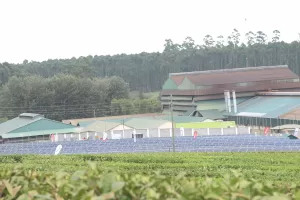
By Arnold Ageta
It is a sunny afternoon at Sotik highlands that sits at the edge of Rift Valley and Nyanza region of Kenya. The area is home to several tea estates further than the eyes can see.
When approached from Kipkebe tea estate the green scenery looks like hundreds if not thousands of football pitches juxtaposed with tall trees whose canopies complete the breathtaking view.
One is ushered here by the cool ambience; the air has just been purified and the experience is quite refreshing. Indeed, anyone who has visited tea factories in other parts of the country and seen smoke billowing skywards spots the difference here.
Well, the tea factories here keep rolling and churning out tonnes and tonnes of leaves. A visitor will soon discover that the machines here run on green energy!
Deep in Kipkebe Tea Factory’s tea farm and fertile tea-growing areas of Nyamira County, solar panels slowly rotate following the direction of sunlight. The slow rotation resonates with the slow pace of Kenya’s clean energy transition.
Like many other African Countries, the Government of Kenya has not implemented any of its commitments on clean energy transition as the 2030 switch deadline approaches.
According to Green Africa Foundation, 68 percent of Kenya’s population relies on wood fuel and other biomasses as their primary source of energy for cooking and other essentials. This is due to unaffordability and constraints in access to reliable grid power, leading to significant deforestation and other detrimental environmental impacts.
The country’s agricultural activity produces huge amounts of agricultural waste ideal for biogas and biomass electricity generation.
Currently, Kenya depends on non-renewable energy sources to supply energy. This accounts for 54 per cent as compared to 46 per cent of renewable energy sources.
Kipekebe tea factory (a subsidiary of Sasisni PLC) has adopted the use of solar energy after commissioning a mega solar power project.
According to the factory’s Managing Director, Mr. Silas Njibwakale, their solar project is a 1300 kilowatt-hour (KWh) and it is distributed at 650 KWh between the two factories-Kipkebe and Keritor.
‘‘Our solar station generates 650 KWh which has helped us reduce the cost of production immensely. For instance, between September and December 2022, we saved around Ksh9.6 million,’’ he said.
‘‘We are working on sustainable goals as we try to mitigate effects of climate change. Going forward, 30 per cent of our power consumption will be coming from solar.’’
The solar project has been made possible after the hiring of solar equipment from Rentico, the company that supplied them.

Sasini PLC Chairman Mr. Jim McFie cutting the ribbon during the commissioning of the Kipkebe Solar Power Station. PHOTO/Dan Nyamanga
‘‘This project is an agreement between Renctico and Sasini where Rentico is the supplier and they are charging us at very affordable rate,” Mr. Njibwakale said.
He added: “Rentico charges us Ksh 8.18 per KWh while electricity from Kenya Power charges Ksh24.”
According to Sasini Group’s Chief Executive Officer Martin Ochieng, their solar power adoption is one of the climate change mitigation measures that their mother company (Sasini) is adopting as their sustainability plan to shift to green energy.
‘‘The reason why we are shifting to solar is because we are committed to our sustainability development goals especially the affordable and clean energy,’’ said Ochieng’
‘‘What is driving us is not cost. What is driving us is to leave the world better by generating power for renewable sources,’’ he insisted.
Geographically, Kenya is along the equator and receives sufficient sun that can be tapped to provide solar energy.
‘‘The problem has been people’s inability to invest in solar stations that can generate power to replace the more expensive and less green sources that we have been traditionally using,’’ he explained.
However, the solar power will only supplement energy in the factory.
‘‘We use wood fuel for firing up boilers and drying of the tea. It is the best way to generate boiler steam to dry the tea,’’ he said.
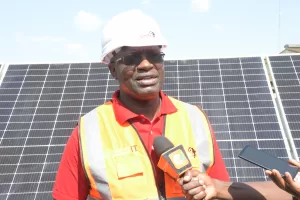
RENTCO General Manager Julius Motaroki addressing the media. PHOTO/Dan Nyamanga
This means the factory will not fully transition to clean energy which requires the factory to entirely depend on renewable energy for its operations.
Deep in central Kenya’s hilly and fertile tea-growing County of Muranga is Makomboki tea factory. Makomboki is approximately 73 km, South West of Kenya’s capital, Nairobi.
Makomboki employees feed the factory’s boilers with briquettes of macadamia, cashew and rice husks mixed with sawdust.
“We have not used a single cubic meter of firewood in the last six months and we are excited about that,” said factory manager John Gitau.
In 2010, the International Trade Centre started a training project aimed at teaching Kenya’s tea producers climate change mitigation techniques.
Inspired by what they learned, Makomboki’s board of directors decided to shift their fuel source from firewood to briquettes.
Since then, the factory has scaled up its use of alternative fuels and weaned itself of its dependence on firewood.
Makomboki makes its briquettes thanks to a project designed by Living Earth Foundation, a UK-based charity working to tackle the energy challenge facing Kenyan tea producers.
Funding for the Makomboki briquette production plant was provided by the European Commission and British retailer Marks & Spencer, which buys tea from the factory.
The husks for the briquettes come from other factories within Muranga and Kiambu counties, while the sawdust is obtained from mills near Makomboki.
“Saw millers actually have a problem finding ways to dispose of their sawdust. We are helping them get rid of their waste,” said Gitau.
According to Gitau, in the six months that it takes the factory to produce around 2.5 million kilograms (5.5 million pounds) of tea, their boilers used to consume up to 10,000 cubic meters of wood – the equivalent of 30,000 trees.
By swapping firewood for sawdust and briquettes, he said, Makomboki alone will have saved 60,000 trees in the course of a year.
“If the same practice is replicated by all the factories in Kenya, we will have saved a lot of trees and contributed to a better environment,” said Gitau.
Mary Njenga, a post-doctoral fellow of bioenergy at the World Agroforestry Center, hails the use of sawdust in the making of fuel briquettes.
As long as the sawdust is a byproduct of a sustainable timber system – in which new trees are planted to replace those that are felled – burning sawdust in a factory is preferable to saw millers setting piles of it alight in the open.
“Many timber producing areas burn sawdust (to get rid of it) but tea factories will be able to turn the sawdust into a resource,” she said.
According to Njenga, burning sawdust in a boiler releases fewer carbon emissions than if it were burned in a field.
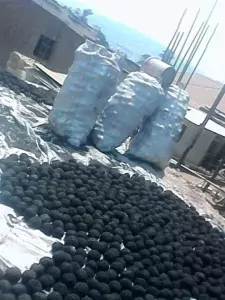
Makomboki manager Gitau says tea factories that continue to use firewood can’t ignore their own roles in the adverse effects of climate change.
Meanwhile, Kenya Tea Development Agency Power Company (KPTC), a unit of Kenya Tea Development Agency, is seeking contractors for hydro-power plants able to produce as much as 10 megawatts.
According to the Group’s CEO and MD Wilson Muthaura, the projects are at various stages of development, including four that are operational and seven under construction.
“The power generated from these hydro plants will be exported to the shareholders’ tea-processing factories and to the grid under signed power purchase agreements,” explained Muthaura.
Related Stories:
Kenya Power pledges expansion to accommodate e-mobility
The pangs of climate change in West Pokot
President Ruto mobilizes action ahead of Africa Climate Summit
In 2019, Unilever Tea Kenya commissioned a 619 kWp solar plant at its factory in Kericho County in the Kenyan Rift Valley.
The agency concluded a solar study in 29 factories. It is now seeking power-plant developers for units with an output capacity of as much as 1 megawatt, according to their statement released separately on recently.
“The intention is to aggregate between five and 10 projects, which the successful independent power producer will then develop,” the statement said.
KTDA, which accounts for about 60% of Kenya’s tea output, has 14 hydropower plants at various stages of implementation, according to its latest annual report.
KPTC was formed in a venture with renewable energy financier GridX Duara – which is a minority shareholder – to develop solar projects and provide asset financing to projects.
At Chelal Tea Factory in Kericho County, farmhands load plunks of firewood into a truck which hauls the wood into a burning chamber where they are used in the processing of fresh tea leaves.
Above the factory’s roofs, smoke chimneys puffy clouds of smoke into the sky as workers feed more wood into the boiler.
The firewood is used in the factory to wither fresh tea leaves before they are oxidized and crushed. The withering process, which is also a major energy consumer in the factory, reduces the moisture content in the fresh green leaves by 30 per cent making them limp and soft enough for rolling.
“Our energy consumption is generated by the use of wood and in a month we consume about 1500 cubic meters of firewood which translates to Ksh3.4 million a month,” says Kimathi the factory’s manager.
But as climate change becomes more pronounced, the use of firewood is slowly being faced-out as tea factories shift to cleaner and more affordable renewable energy sources.
Experts agree that renewable and sustainable energy solutions will bring the cost of production down in many tea factories.
A majority of tea factories use 90 per cent thermal heat generated from firewood while 10 per cent is electricity that is used to light up the factories.
At the factory, engineers of a Swedish company Absolicon have partnered with WWF-Kenya to adopt the new technology.
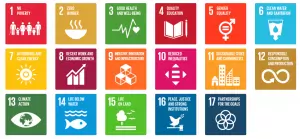
It offers a unique concentrator parabolic trough with both photovoltaic solar cells and solar thermal panel that generates both electricity and heat energy.
“Factories in Kenya for a long time have relied on firewood as the source of their thermal heat. Whereas this has happened for long, it may not be sustainable in the future. For one, the smallholder tea farmers costs have gone up as a result of that,” explains Philip Odhiambo, the WWF Kenya Energy Expert.
“Sustainability is always a difficult question in assessing the use of firewood. It is not a sustainable solution especially when the sun is available and could do an equally good job,” says Johan Sundqvist project manager at Absolicon.
Kenya is said to be currently leading the way in Africa in terms of renewable energy development as it continues to invest in diverse energy technologies such as wind, geothermal and small-scale hydroelectrics.
The transition towards a green economy will present many opportunities not only for Kenya but also for East Africa region more broadly.
Further, it will provide the foundation for sustainable economic growth, reduced carbon emissions, and improved air quality.
The United Nations Environmental Programme (UNEP) says that an inclusive green economy is one that improves human well-being and builds social equity while reducing environmental risks and scarcities.
However, it is worth noting that developing a green economy will not be easy and will require concerted efforts from government and industry leaders.
The green economy strategy will require the support of key stakeholders, including the private sector, in order to be successful.
The green economy strategy presents an opportunity to modernize Kenya’s economy and put the country on the path towards sustainable economic growth.
This story was produced with support from Internews’ Earth Journalism Network

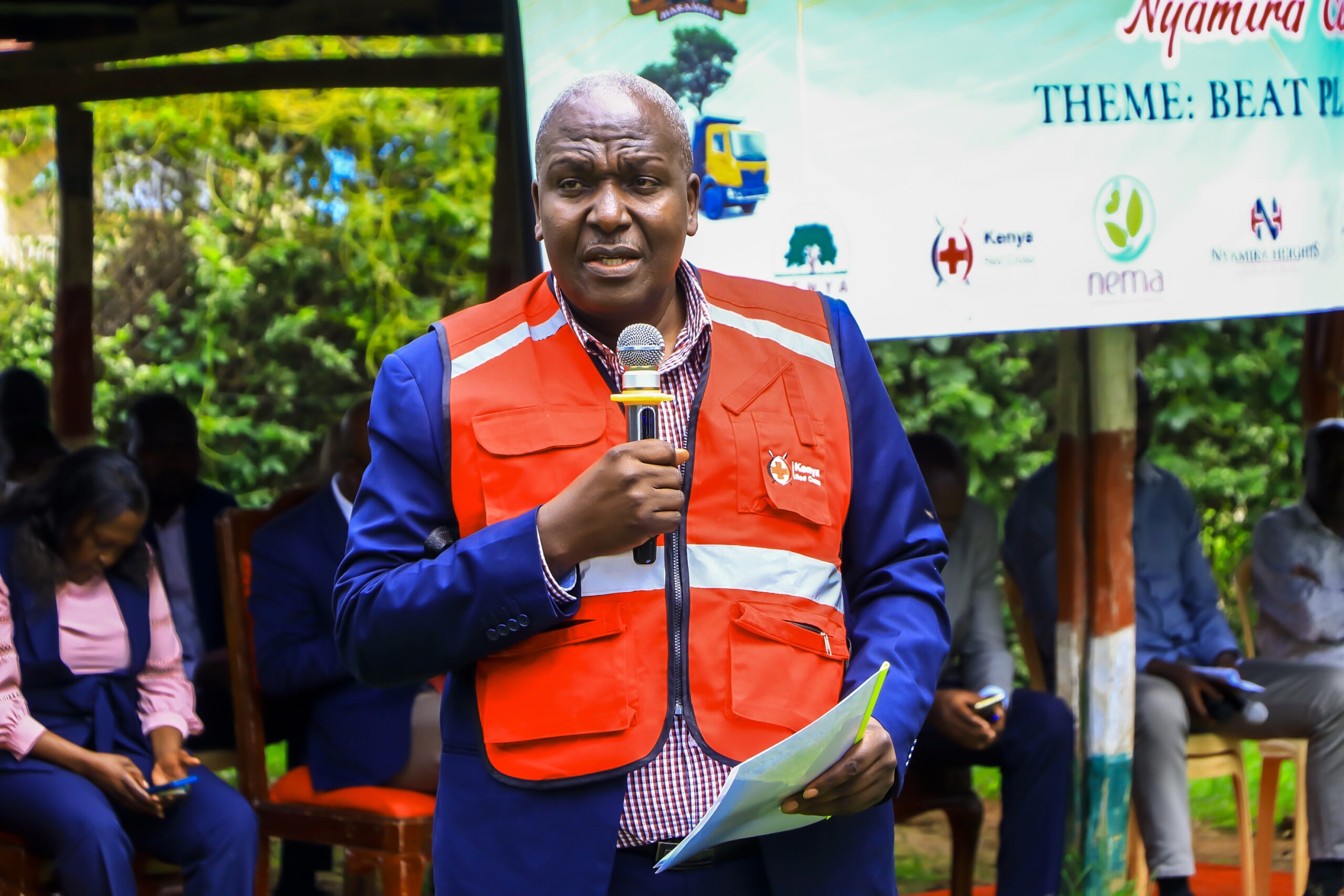

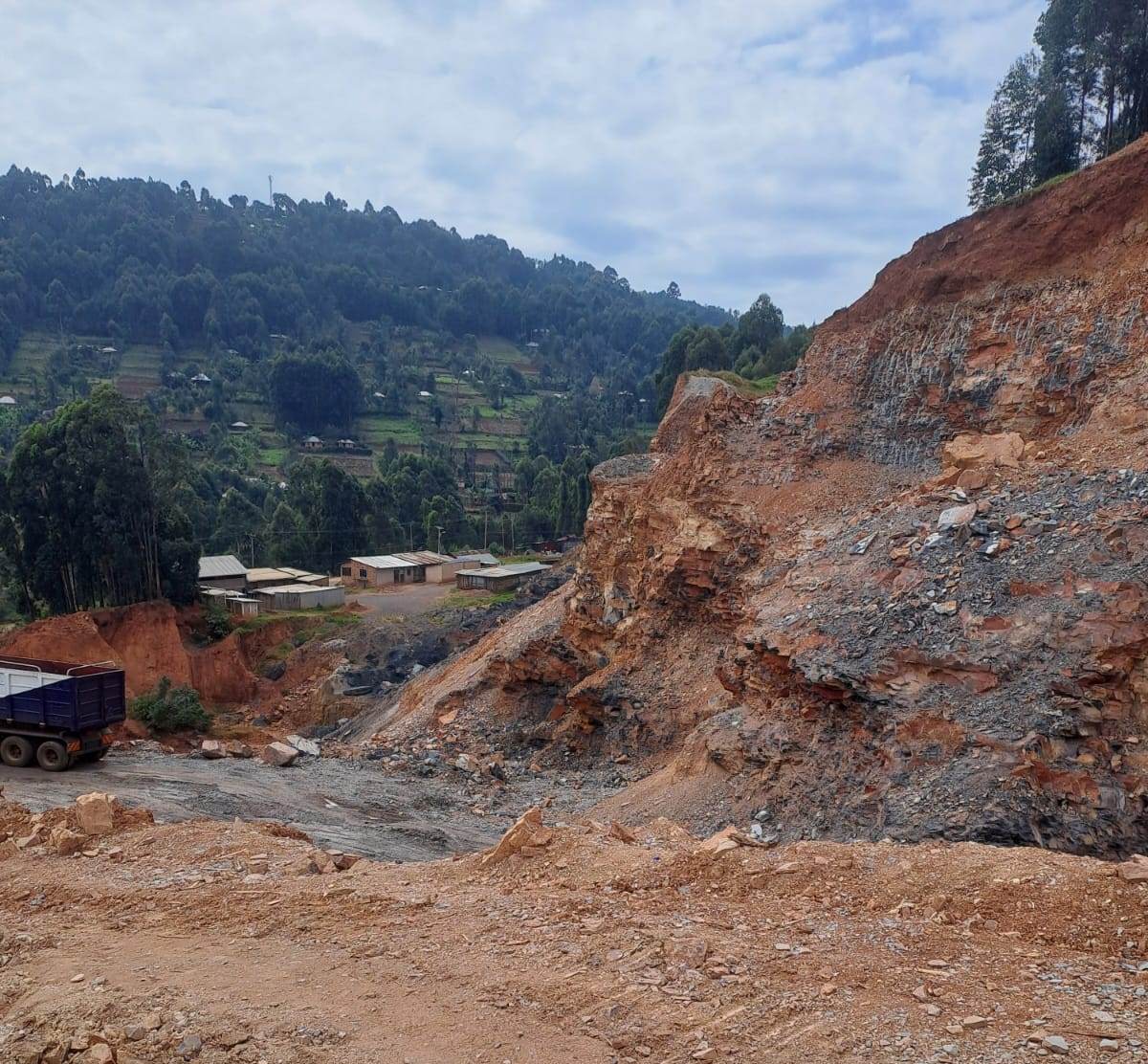
One thought on “How Kenyan tea factories are chasing the green-economy strategy”